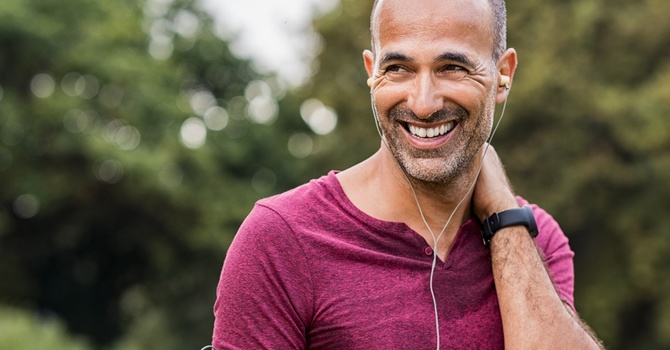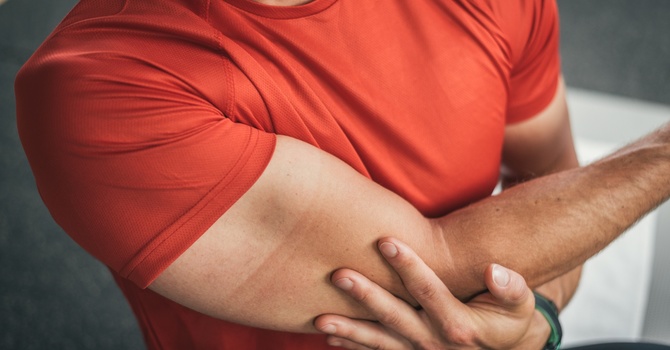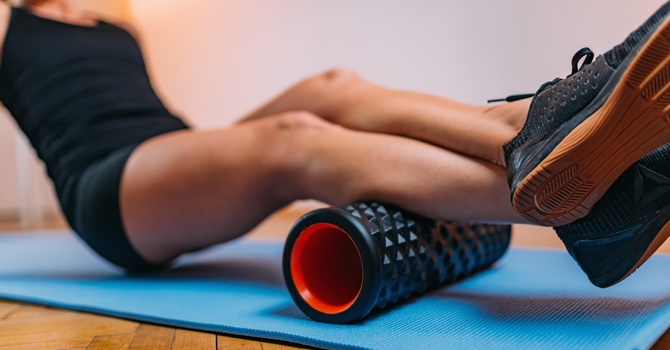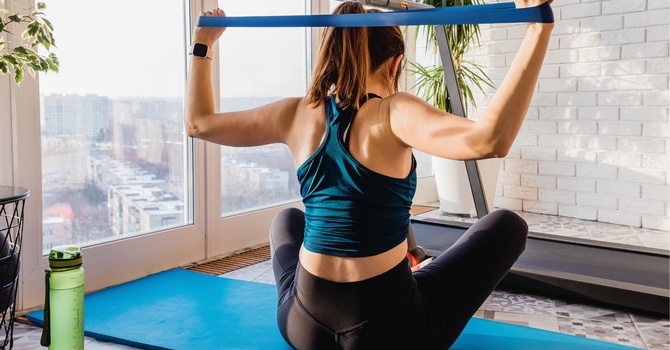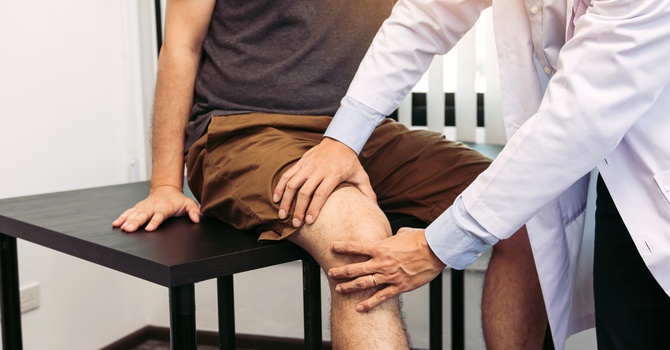-
Tandem Physiotherapy
595 Bradley Avenue, 203 London, ON N6E 3Z8
View on Google Maps
Contact
-
Phone:
2262120667 -
Fax:
2262160557 -
Email:
admin@tandempt.ca
Office Hours
Monday to Friday: 9:00 AM – 6:00 PM
Saturday & Sunday: 9:00 AM – 3:00 PM
© 2025 Tandem Physiotherapy. All Rights Reserved.
|
Login


